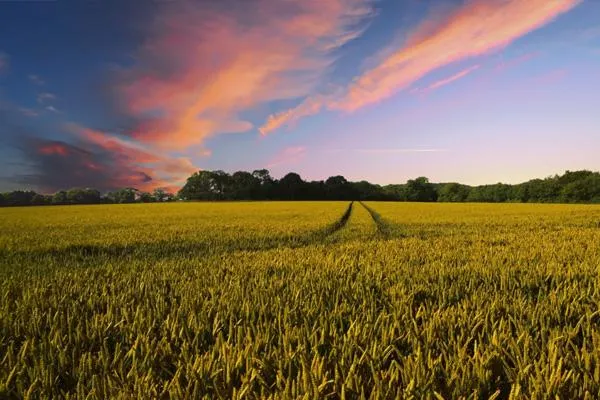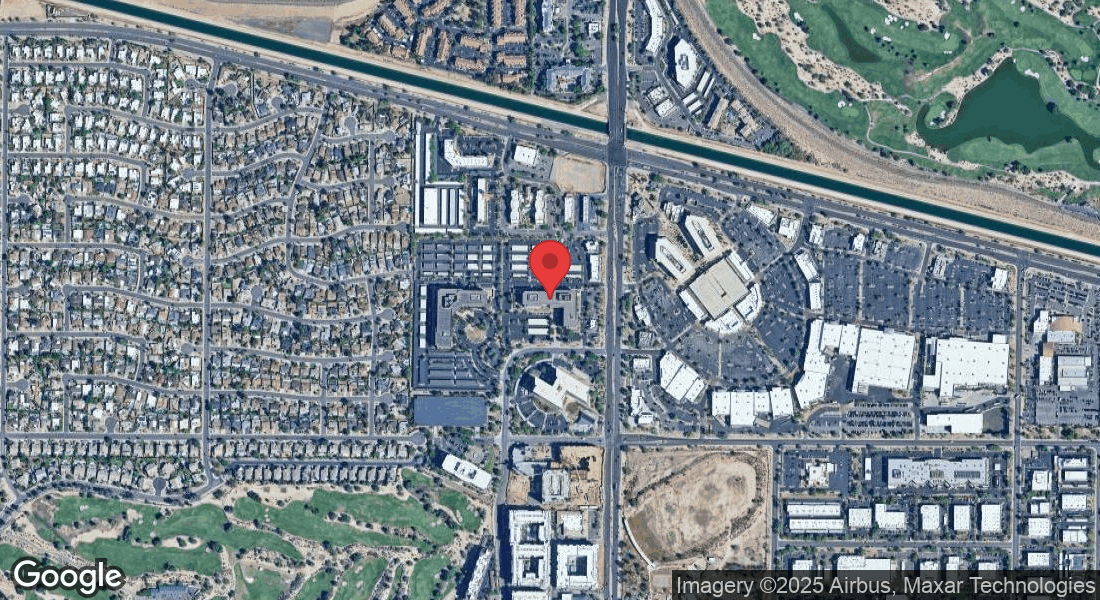Press
Blog

What Is Raw Land Development?
“What Is Raw Land Development?” - Maddy Bjugan
Raw Land Development
What we like to “raw land”, also known as undeveloped land or vacant land, refers to a parcel of land that has not undergone any improvements or construction. It is essentially a blank canvas in its natural state, devoid of any structures, buildings, or infrastructure.
Raw land can vary in size, location, topography, and zoning regulations, offering a range of possibilities for potential buyers or investors.
Raw land development is the process of buying a piece of undeveloped property with plans to develop it, build on it, rent it out, or maintain it.
It involves various activities, such as planning, designing, obtaining necessary permits, constructing infrastructure, and preparing the land for specific purposes, such as residential, commercial, industrial, or recreational use.
Raw Land Development
1. Investment Potential
Raw land can be a valuable long-term investment. Its value may appreciate over time, especially if located in an area with growing demand for development or if its potential for future use is recognized.
2. Flexibility and Potential
Raw land offers a blank canvas for development. Buyers have the freedom to design and build according to their preferences, whether it’s for residential, commercial, or agricultural purposes. It provides opportunities for creativity and customization.
3. Low Maintenance
Unlike developed properties, raw land typically requires minimal maintenance. There are no structures to maintain, repair, or renovate. This can be advantageous for landowners who prefer a hands-off investment.
4. Land Banking
Raw land can serve as a form of land banking, where investors acquire land with the intention of holding onto it for future use or potential profit. Land banking allows investors to capitalize on anticipated development or changes in land use regulations.
With careful planning and research, raw land can provide a valuable opportunity for individuals or investors to shape their vision of the property.

What Defines a Piece of Raw Land?
Several key factors come into play when defining a piece of raw, vacant land.
We’ll break them down for you.
Location
One of the most defining factors of land is the location. Proximity to urban centers, amenities, natural features, and desirable neighborhoods significantly impacts the land’s worth.
A piece of vacant land located in a thriving, sought-after area will generally have a higher value compared to one in a remote or less desirable location.
Zoning
What is the land zoned under?
The zoning designation of the land determines its permissible uses and potential for development.
Raw land may have specific zoning classifications, such as residential, commercial, agricultural, or industrial, which influence its future possibilities.
Learn more about land zoning and its importance, check out our last blog post here.
Topography
Topography refers to the surface elevation and features of the land, such as hills, valleys, and streams. It affects the land’s usability.
Flat, level land is generally easier to develop compared to land with challenging topography.
Access and Utilities
The accessibility of the land and its proximity to essential utilities and amenities significantly define it. Easy access to roads, utilities such as water, electricity, sewer connections, and other infrastructure can enhance the land’s desirability and potential uses.
On the other hand, a lack of access or the need for costly infrastructure improvements may reduce the land’s property value.
A piece of raw land is defined by its characteristics and status as undeveloped or vacant land.
Do you have a piece of raw land that you are thinking of selling? Allied Development offers a FREE, no-obligation valuation of your land. Click here to fill out a short form about your land.





